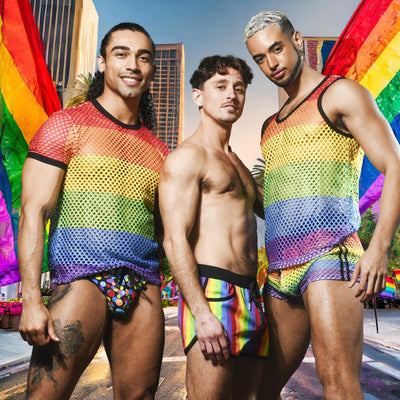Gender-queerness in Fashion
Welcome to "Queerness in Fashion 101" course
According to Oxford University Press, the word of the Year 2019 is “climate emergency”. Cambridge Dictionary has declared “upcycling” as their 2019 Word. And if we had to choose the word that denoted the fashion trends in 2019, that would be “ungendering”. Fashion has become essential to understanding aspects of genderqueer, non-binary and genderfluid identity. If it wasn’t for fashion, many artists and ordinary people wouldn’t have been seen in a way that brandishes their identity. For those of you who still follow the traditional gender-binary trends, but would like to become more informed about what’s going on in the queer fashion scene, we offer our introductory course “Queerness in Fashion for Beginners”.

What it means to look genderqueer
If gender is a spectrum, then queer-gender fashion falls somewhere between “masculine” and “feminine.” It’s not necessarily about looking androgynous like Asia Kate Dillon, a.k.a Dylon from Billions, or the 21-year old California model Oslo Grace. Genderqueer style is an expression of the choice not to conform to gender norms assigned at birth by family and society.Queerness in fashion was not born yesterday
In the 18th century, the rigid laws against homosexuality led to the emergence of secret gay subcultures. Their members, called “mollies”, would cross-dress to identify themselves and to attract partners (or clients with “non-standard” sexual taste). In 1890s, the notoriously famous writer and dandy Oscar Wilde would proudly wear floral accessories, fir-trimmed overcoats and scandalously loosely tied collars. In 1920’s, women rose up against patriarchy, but not in arms. In menswear! The movie star Marlene Dietrich brought into vogue the androgynous dressing style, and women would dress more boyish than ever.

